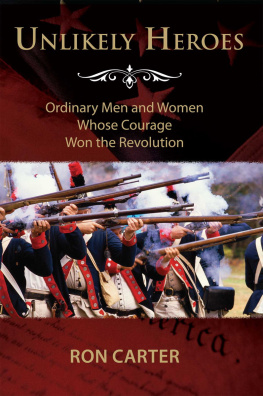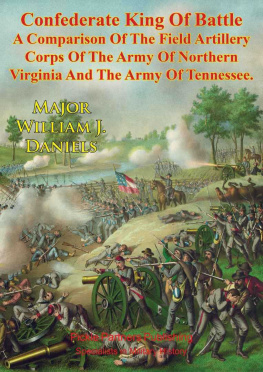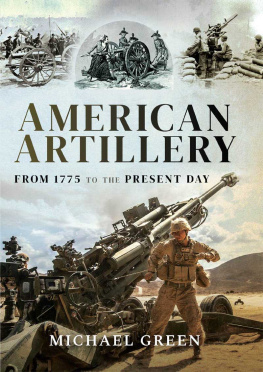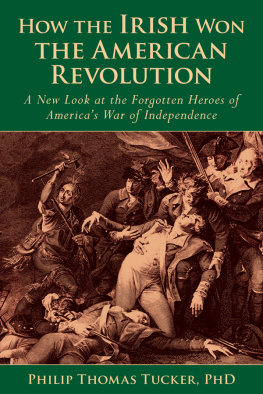
This edition is published by PICKLE PARTNERS PUBLISHINGwww.picklepartnerspublishing.com
To join our mailing list for new titles or for issues with our books picklepublishing@gmail.com
Or on Facebook
Text originally published in 2011 under the same title.
Pickle Partners Publishing 2014, all rights reserved. No part of this publication may be reproduced, stored in a retrieval system or transmitted by any means, electrical, mechanical or otherwise without the written permission of the copyright holder.
Publishers Note
Although in most cases we have retained the Authors original spelling and grammar to authentically reproduce the work of the Author and the original intent of such material, some additional notes and clarifications have been added for the modern readers benefit.
We have also made every effort to include all maps and illustrations of the original edition the limitations of formatting do not allow of including larger maps, we will upload as many of these maps as possible.
A HISTORY OF THE ORGANIZATIONAL DEVELOPMENT OF THE CONTINENTAL ARTILLERY DURING THE AMERICAN REVOLUTION
by
WILLIAM C. PRUETT, MAJOR, US ARMY
B.A., Middle Tennessee State University, Murfreesboro, Tennessee, 1998
M.A., Columbia University, New York, New York, 2008
TABLE OF CONTENTS
Contents
TABLE OF CONTENTS
REQUEST FROM THE PUBLISHER
ABSTRACT
The thesis of this study is that the Continental artillery in the American Revolution, despite its ad hoc beginning and wartime challenges, gradually developed into a professional organization by the end of the war. Rather than operational history of the organization, its focus is on the growth of the organization over time, in terms of its cultural beginnings, its doctrinal development, and the leadership and career paths of some of its middle ranking leaders. The first chapter lays out the structural framework and statutory authorizations for the organization. The second chapter describes its early cultural shift from its pre-war legacy of provincialism to a trajectory toward professionalism. This chapter uses a cultural analysis to argue that Washingtons decision to replace the aged Richard Gridley with Henry Knox as the commander of the Continental artillery ushered in a cultural shift away from an older provincial organizational culture to one that sought professionalism. The third chapter portrays the development of a battlefield tactical doctrine described in books that gradually took hold in informal ways. It takes a comparative theory and practice approach to argue that the kernel of an emerging doctrine existed in available European books and from those kernels, a consistent and effective doctrine developed over time. The fourth chapter uses a collective biographical approach to show organizational development in the careers of its middle ranking leaders. The concluding chapter summarizes findings and ties the professionalization of the corps of artillery to the military establishments of the new republic.
ACKNOWLEDGMENTS
I am greatly indebted to the guidance and direction of my committee. They provided encouragement, advice and pointed correction when needed. I would also like to thank my wife, Cathy, and daughter Mack, whose patience and understanding sustained my effort. The assistance of the Combined Army Research Library was instrumental as well. Finally, I would like to acknowledge the hard work and dedication of my fellow MMAS candidates, several of whom contributed their time to improve my work.
CHAPTER 1 INTRODUCTION
The thesis of this study is that the Continental artillery, despite its ad hoc beginning and wartime challenges, developed into a professional organization by the end of the war. Although this development mirrored the Continental Army, it is significant because of the post war importance of the organization as professional continuity and a formative experience for individuals that would go on to lead a nationalist political agenda for the new nation. An examination of its culture, doctrine and leadership can chart the course of its development. It grew from a motley collection to the professional organization that provided the only standing continuity from the American Revolution to the military establishments of the early United States. The American artillery of the American Revolution started as a collection of units from Massachusetts and Connecticut. They gathered outside Boston, along with many other colonial units, in response to the American militia engagements with the British at Lexington and Concord.
This study follows the organizational development of the artillery from this inauspicious beginning through the battle of Yorktown. It describes its early cultural shift from its pre-war legacy of provincialism along a trajectory toward professionalism. This study also portrays the impact of a doctrine largely developed through practice rather than books. Finally, it examines the career paths of middle ranking leaders throughout the war.
The historiography of the American Revolution has largely neglected the Continental artillery. This study seeks to redress that neglect and to answer several basic questions. How did the Continental artillery develop as an organization in the midst of the American Revolution? What were the factors in its organizational development? How did the organization develop in the midst of significant operational requirements? How did the organization understand how to fight in terms of doctrine? How did that doctrine shape its practice? How did the organization grow and support its personnel, particularly junior officers? Did the organization grow to true professionalism in the span of the war? This topic is significant because it traces the development of a military organization during an active war. This situation is analogous to the military organizations we are attempting to help develop in Afghanistan and Iraq. It also speaks to the organizational development of our own army. For almost ten years now, we have attempted to change or transform our Army while fighting two unconventional wars. It also points us to the dynamics of organizational development and change in the midst of conflict and can illuminate obstacles, opportunities and expectations as we deal with our own developmental challenges at home and abroad.
It is necessary to state a few assumptions that underpin this study. The first is that organizations have a developmental trajectory. Like people, they grow over time. The second is that organizational cultures are relatively stable. By nature, they rarely change. Normally, cultural change is an evolutionary process that is slow and takes time.
It is also necessary to define some key terms used throughout this paper. First,organizational culture is a way an organization deals with internal integration and external adaptation. Often, scholars describe it through the unwritten, largely unspoken underlying assumptions of people in the organization. {1} Second, doctrine is a system of learned principles upon which practitioners act. In this context, doctrine is the set of rules understood to provide the best tactical battlefield advantage. Currently defined, doctrine represents a body of thought on how... forces intend to operate... a guide to action... a common frame of reference. {2} Military leaders did not use the term doctrine in the 18th century, but this idea can be illuminating as a direction for study. Third, professionalism is competence in an occupation in which someone is paid for their services, of considerable duration, which requires specialized training, education and/or qualification. Formal organizations with a distinct culture and doctrine usually accompany professionalism. Professionalism carries a sense of corporateness and is normally self-policing.








